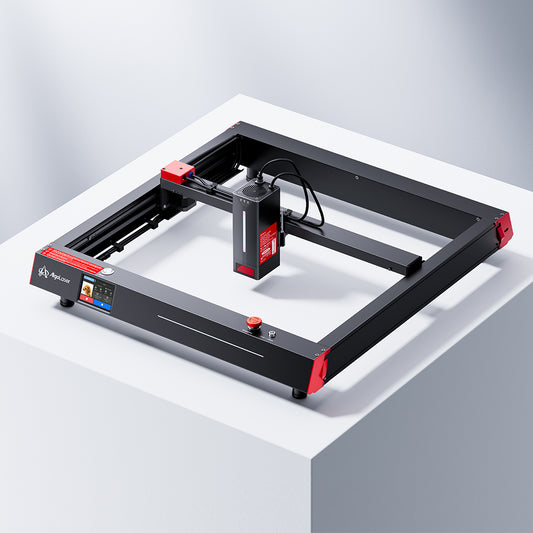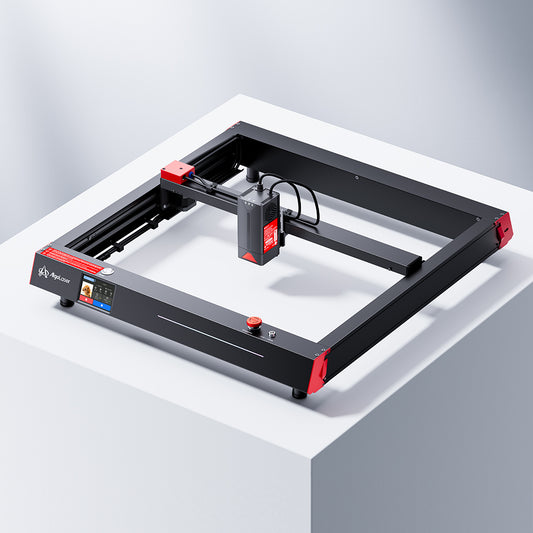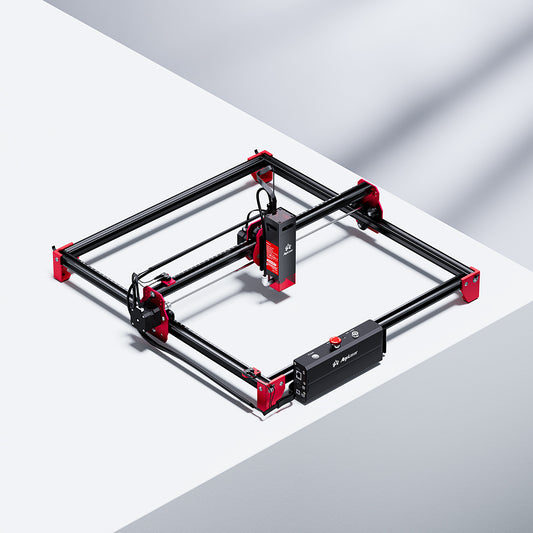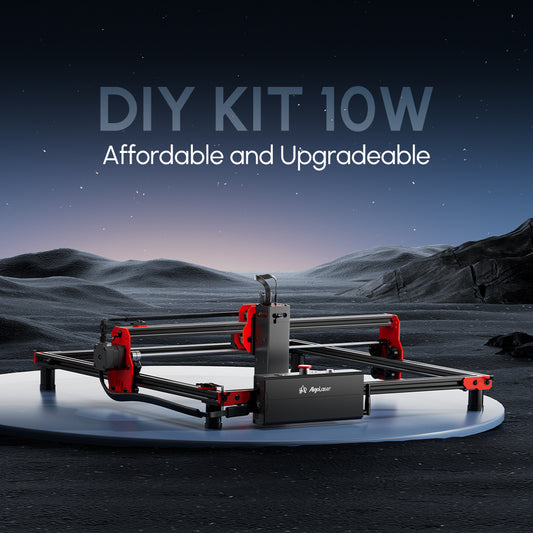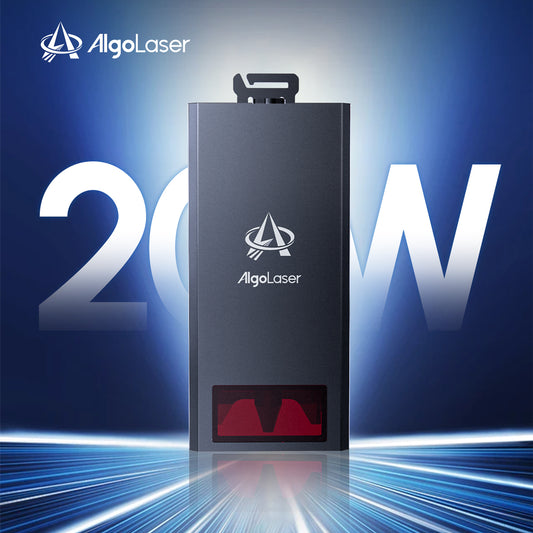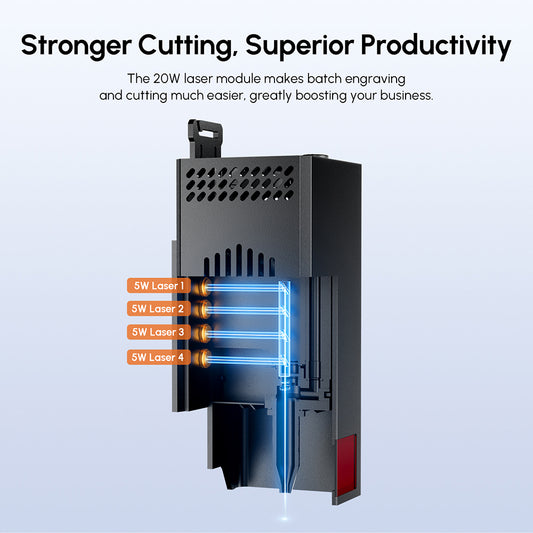Home / How - To
Best Small Smart Laser Engravers 2025: 3W vs 5W vs 10W Compared
They say you should never engrave plywood in a poorly ventilated room, but I didn't really believe it until the first plume of resin-thick smoke curled up from my desk, and my cat bolted like I'd fired a cannon. It smelled like burning pine sap and melted crayons—sweet and chemical, a little nostalgic if you've ever scorched marshmallows too close to the fire. That was my introduction to the so-called "smart" generation of tiny diode laser engravers—the 3W, the 5W, the 10W.
I'll admit, the "smart" branding made me snort. What does it mean, really? My phone is smart. My toaster claims to be smart (it just beeps at me like a needy bird). A smart laser? [Maybe it reads my mind and stops before I ruin another piece of cherrywood?] Spoiler: it doesn't. But it does hum and flash and occasionally feel like it's alive—especially when the gyroscope kicks in and the whole process halts because I bumped the table trying to reach my coffee mug.
Event Dates: December 5 – January 3
Event Page: 2025 Laser Engraver Christmas Sale
👉 Visit 2025 Laser Engraver Christmas Sale and craft your perfect engraving setup today!
✅ Pixi Series (3W / 5W / 10W) – Collection Version
🎄 AlgoLaser Christmas Deals – Extra 12% Off!
Christmas Activities (December 5 – January 3)
⭐ Pixi Series: https://algolaser.com/products/algolaser-pixi-smart-laser-engraver-with-enclosure
• Pixi 3W: $159 → $140 (Save $19)
• Pixi 5W: $199 → $175 (Save $24)
• Pixi 10W: $329 → $290 (Save $39 )
🚚 Fast Global Delivery (US/EU/MX/BR) – Free 3–7 Day Shipping
⚠️ Note: Discount codes cannot be combined with minimum spend offers (such as “Spend $300, Get $30 Off”). Please select the promotion that gives you the best overall value.
The 3W: Polite, Gentle, and a Little Too Shy
The 3W was my warm-up act. Pull it out of the box and it looks almost toy-like—compact, light, practically whispering "don't expect too much from me." And to be fair, its spot size is neat and tidy: 0.03 by 0.07 mm, sharp enough to etch delicate lines on MDF, leather, or those thin plywood coasters I bought in bulk off Amazon.
The first cut I tried was a simple leaf pattern. The laser traced slowly, the little blue beam darting like a firefly. The smell came first—dry wood, faintly acrid, not offensive. Then the sound: the fan whirred with a slightly rattly click, like the desk fan my grandmother used to keep in her sewing room. I watched, nose almost too close, as the lines darkened into the grain.
But here's the disappointment: no matter how many passes I tried, it couldn't quite chew through more than 3mm of MDF. It teased me with neat engravings, but the moment I wanted depth—actual cuts, not just decorative tattoos—it stalled. It's polite, yes. Gentle, yes. But sometimes you want a machine that throws sparks metaphorically, not one that politely doodles on the surface.
[Note to self: stop expecting a 3W diode to slice cherrywood like butter—it's like asking a butter knife to carve a steak.]
The 5W: The Overachiever with Quirks
Now, the 5W model—that's where things got weird. It promises more. Engraves wood, glass, stone, even food (I have yet to laser-etch a banana, but I'm oddly tempted). The specs sheet reads like it's auditioning for a talent show: MDF, walnut, cherrywood, acrylic in neon colors. Maximum cutting thicknesses are flaunted like bragging rights.
My anecdote? I accidentally left the speed way too low while testing a simple geometric pattern on a slice of bamboo. Instead of neat shallow etches, it burned a crater, a charred little volcano, the smell sharp enough to sting my eyes. I cursed, opened a window, waved a notebook like an idiot, but then—I looked closer. The burn had created a gradient effect, darker in the center, fading outward. Totally unplanned, but striking. I've since tried to replicate it, though it's never quite as pretty as the accident.
But the hype? The so-called "preview tracing." The marketing photos make it look like a sci-fi lightshow. In reality, it's a faint red dot crawling across your desk. If you squint, maybe it looks like a spaceship landing, but mostly it's like watching a half-dead laser pointer toy for cats.
Still, when it cuts, it cuts. Walnut at 5mm, cherrywood at 8mm—it bites with more confidence than the timid 3W. And the fan? Louder, slightly growlier, with this low hum that vibrates my desk. I like it. Feels industrial, even though the machine barely weighs 3kg.
The 10W: The Drama Queen
Ah, the 10W. This one doesn't whisper, it struts. You unbox it and suddenly you feel like you've upgraded from bicycle to motorcycle. It claims a 0.05 by 0.01 mm spot size, which sounds microscopic and precise, but what you notice first is power. Real cutting, not just engraving. Wood, glass, stone, even those bright acrylics that the smaller models barely scratched.
The sound is different too. The fan is throatier, and when it's at full power, you can hear the pitch shift slightly, like it's inhaling deeper. I etched a design into 10mm red acrylic and the smell—oh boy—the smell was like melted plastic spoons at a campfire. Acrid, chemical, made me regret not investing in a proper extractor. My cat didn't just bolt this time, she left the room entirely, glaring at me like I'd broken some unspoken pet-human pact.
The disappointment? I'll be honest: the touchscreen interface. It promises the world. Password lock, alarms, diagnostics. But tapping through menus feels clunkier than it should, like scrolling on a 2012 smartphone. And yes, it runs LightBurn beautifully if you shell out the extra 60 bucks, but the so-called "free" apps? Meh. Functional, not delightful.
Still, nothing beats the first time you slice through a piece of orange acrylic cleanly. That crisp, glowing edge, warm under your fingertips, smooth as sea glass. I found myself running my thumb along the cut line over and over. [Small joys. Big fire hazard.]
Comparison Table
| Spec | 3W (the shy one) | 5W (the overachiever) | 10W (the drama queen) |
|---|---|---|---|
| Module Model | 3W diode, 450nm (blue light—tiny but pretty). | 5W diode, also 450nm (yep, still blue—like a sibling with more caffeine). | 10W diode, same 450nm (blue again, but it feels louder somehow). |
| Core Tech | Semiconductor Laser Diode (basically the baby teeth of lasers). | Semiconductor Laser Diode (tries harder, like it's applying to grad school). | Semiconductor Laser Diode (bulked-up version—protein shakes included). |
| Working Power | ≥2000mW (polite handshake). | ≥5,000mW (firm grip, makes eye contact). | ≥10,000mW (smashes your hand and laughs). |
| Total Machine Power | 48W (sips electricity). | 48W (same sip, somehow stronger—don't ask me how). | 72W (finally gulps). |
| Spot Size | 0.03 × 0.07 mm (needle-sharp). | 0.08 × 0.04 mm (fatter, but still sharp enough). | 0.05 × 0.01 mm (claims "precise," feels dramatic). |
| Suitable Materials | MDF, plywood, leather (plays it safe). | Wood, glass, stone, coated metals, acrylic, fabrics, rubber, ceramics, bamboo, food (yes, food—banana art, anyone?). | Same laundry list as 5W (but cuts deeper, with more swagger). |
| Max Cutting Thickness | MDF ~3mm (and then it's like "I'm tired"). | Plywood: 5mm, Pine: 10mm, Walnut: 5mm, Cherry: 8mm, MDF: 3mm, Acrylic: up to 10mm depending on color (orange/yellow = meh). | Pine: 10mm, Cherry: 10mm, MDF: 5mm, Acrylic: up to 20mm (if black) but only 5mm for orange/yellow (lasers hate citrus tones, apparently). |
| Engraving Speed | 6000 mm/min (steady jog). | Same—6000 mm/min (runs like its sibling). | Also 6000 mm/min (so power doesn't mean faster, just… beefier). |
| Working Area | 100×100mm (coaster-sized). Manual Z travel 34mm. | Same cramped square—good for trinkets, not tables. | Ditto, though extendable if you get creative. |
| Control Software | LaserGRBL (free but clunky), LightBurn ($60 and worth it), Mobile App (iffy), 3.5" touchscreen (meh). | Same lineup—because software equality? | Same again, though somehow the screen lags worse when you expect more. |
| Packaging Method | "Ready-to-Use" (their words; feels more like IKEA-without-instructions). | Same RTU, but still unwrap like it's Christmas morning. | Same—though the box feels heavier just to intimidate you. |
| Safety Features | Class 1 laser enclosure, password lock, watchdog system, beam detection, USB cutoff, gyroscope tilt sensor, alarms, diagnostics, over/under voltage. (Basically a helicopter parent in machine form.) | Ditto—buzzes angrily if you nudge it. | Ditto again, though the alarms feel louder when 10W yells at you. |
| Service Life | >10,000 hours (so, forever in hobby terms). | Same promise—fingers crossed. | Same again, though I suspect it likes drama breaks. |
| Dimensions | 305×265×238 mm (shoebox-ish). | Same footprint—tiny desk hog. | Same again, 3.02kg. All three are basically featherweights. |
| Net Weight | 3.02kg (cat-sized). | Same (so no bragging rights). | Same again (drama queen, but secretly light). |
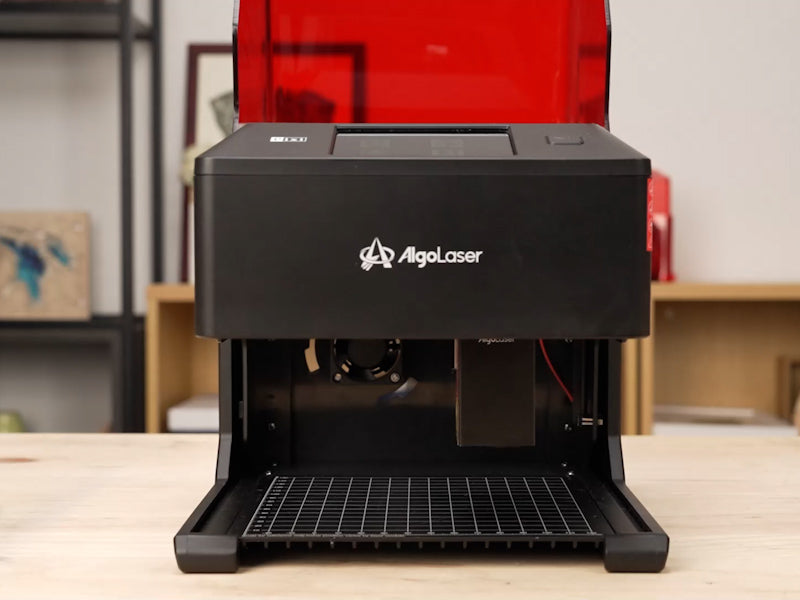
FAQ
Q: Do these things really stink up your house?
A: Yep. Wood smells campfire-y (sometimes nice, sometimes headache-y). Acrylic smells like melted Legos. Leather is the worst—burnt hair times ten. [Note to self: never engrave leather without windows open.]
Q: Can a 3W really engrave leather?
A: Technically yes. It etches fine little patterns beautifully. But don't expect it to cut out shapes—it's more tattoo artist than surgeon.
Q: Which one is loudest?
A: None are jackhammer loud, but the 10W fan has this deep growl, almost like a small vacuum cleaner. The 3W is the quiet one—just a rattly whisper. If noise is your worry, go 3W. If power is your worry, ignore the noise and go big.
Q: Do you need fancy software?
A: They come with free apps, but they feel clunky. I caved and bought LightBurn. Best 60 bucks I've spent—it's like switching from a motel pillow to a memory-foam one.
Q: What's the weirdest thing you've engraved?
A: Haven't done food yet, though someone swears by engraving toast. I did once engrave a cardboard Amazon box just to see, and it looked… surprisingly chic? Like custom packaging for an expensive brand, except it was full of cat litter.
Q: Which one would you keep if you had to pick just one?
A: Probably the 5W—it's the most versatile for hobby-level chaos. The 3W is too shy, the 10W is too dramatic. But ask me again after I try stone.
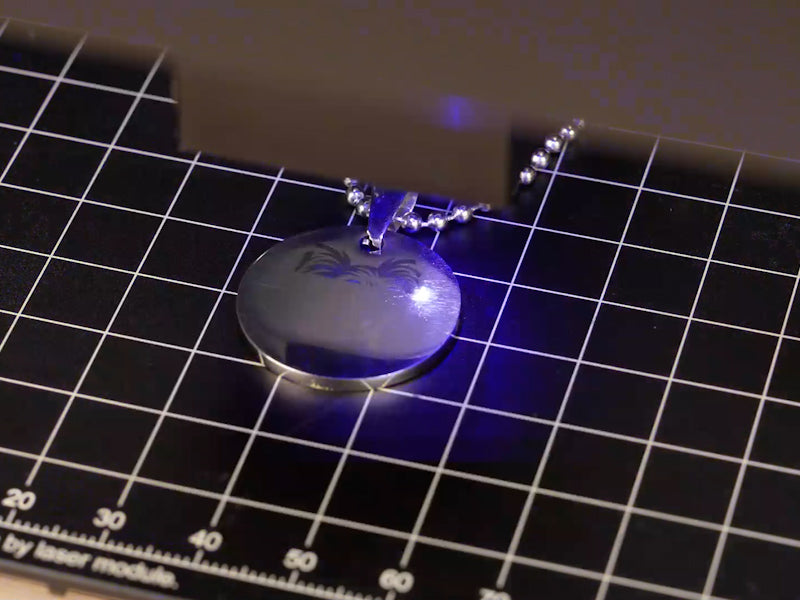
Conclusion: Features That Make the Difference
At the end of the day, the real story isn't just watts or price tags—it's the stack of features these AlgoLaer Pixi small smart laser engravers bring to the table. The working power and spot size decide whether you're etching fine lines into leather or punching clean cuts through plywood. The engraving speed and working area shape how fast and how big you can dream. Add in the control options—LaserGRBL for hobbyists, LightBurn for pros, or even a mobile app for quick jobs—and suddenly the machine feels less like a tool and more like a co-pilot.
So whether you land on the 3W for entry-level tinkering, the 5W for a balance of detail and versatility, or the 10W for serious cutting power, what matters most are these features—the quiet little design decisions that turn a hunk of aluminum and diodes into a dependable creative partner.

